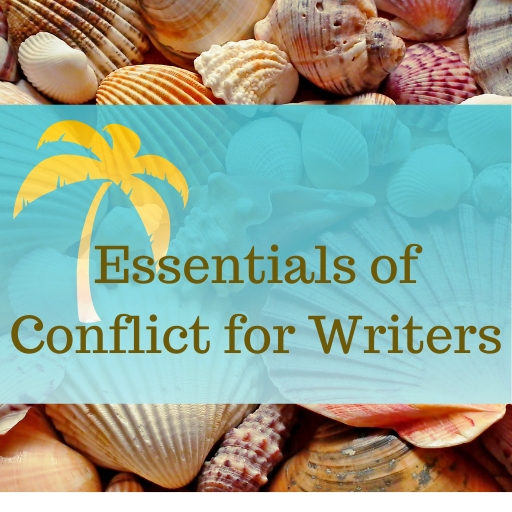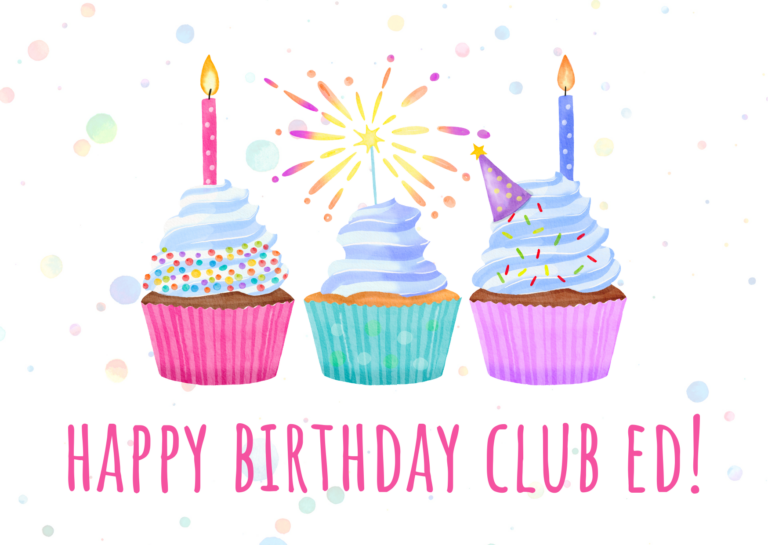How to Create Conflict in a Story
When writing fiction, you’re likely to encounter problems with conflict—so the question is how to create conflict in a story.

How to Create Conflict in a Story
Conflict, as you probably know, drives the narrative.
Consider this: Just now, I wanted a cup of tea, so I went and made one.
So what, right? You may be perfectly happy that I am now sipping some of Twining’s English Breakfast, but we couldn’t call that a story.
Try this instead: I wanted a cup of tea just now, so I went to the kitchen to make one but discovered the tea canister was empty. So I grabbed my car keys and my mask to make a quick run to the grocery store, but my car wasn’t where I parked it.
Now we’re getting somewhere. We don’t know where yet, but we know we’re at the start of a story.
In the most simplistic terms, we can say that the difference between “I wanted some tea and got some” and “I wanted some tea and found out my car was missing” is that in the first case, nothing got in the way of my goal and in the second case something did. Similarly, the difference between story and not-story is that something gets in the way. We call that something the conflict.
The Relationship Between Character Goals and Conflict
When you’re trying to suss out a conflict problem in a manuscript, you may have trouble because, outside of the most formulaic approaches, conflict doesn’t show up in just one particular way in a manuscript.
So the easier way to get at conflict problems is to look at goal-motivation: What does the protagonist want, why do they want it, what’s getting in their way?
Often authors make it too easy on their protagonists and nothing much gets in their way, or they give the protagonist a kind of negative goal (“don’t let anything change”), which is hard to translate into actions that the protagonist can take and that would drive the plot.
Conflict isn’t “what the character wants”. It’s “what’s getting in the character’s way?” What the character does in response drives the action of the story.
Often, you can find the conflict or problems with it in the synopsis. In a synopsis, you briefly describe the main characters, what their situation is, and what drives any change in either the characters and their situation.
So, riffing on that, you can often see that characters want certain things or seem to want certain things, but the author either isn’t making it difficult enough or doesn’t make the character(s) want it enough.
We end up with a college student who enjoys art classes but her parents want her to be an engineer, and she guesses that’s okay, although she does have a couple of fellow students who aren’t that nice to her and she’s struggling a little with time management.
NO. She has to be passionate about art (or, for a nice twist, engineering). She has to persevere despite her parents threatening to pull their funding, even though the senior professor in her major thinks only men can make truly great art, and even though her best friend stole her idea for the final project and is doing it better than she could.
Notice that the conflicts are with people important to the protagonist—the senior professor in her major, not the grad student she can easily go around. The best friend, not some random jerk. It’s maddening to deal with a random jerk but it’s heartbreaking for your best friend to betray you.
Conflict Questions
To determine if a problem with conflict is at the heart of your manuscript’s overall problems, ask yourself these questions:
- What is the story’s central conflict? Remember to look for goal-motivation if you’re having trouble spotting this.
- What are the inner (internal, maybe unacknowledged and unspoken) goals and the outer (external, stated) goals of each main character?
- What are the motivations of these characters? Why do they want their goals?
- How does the conflict play out in the storyline? What do the characters do to reach their goals or to stop someone else from reaching theirs? How do these actions and reactions drive the plot/story events?
- How is the conflict resolved?
If you can’t answer these questions or the answers seem less than compelling, then a problem with conflict is almost certainly your biggest challenge. Your aim should be to achieve a more effective conflict.
Tips for Editors & Writers
The Fine Art of Copyediting Fiction
When copyediting fiction, it’s common to run up against issues that pit author preference against standard editing approaches. For example, in a story I wrote some years ago, the main character’s neighbor is referred to as “3-B” as that is her apartment number and the MC doesn’t know her name. Fine. She can be referred…
Let the manuscript teach you how to edit it
One of the lessons I’ve learned over many years of editing is that you have to let the manuscript teach you how to edit it. Every manuscript is different and every manuscript needs a different touch. Even when an author does something I’ve seen many times before, I have to edit for that particular manuscript,…
Helping Authors Strengthen Story Settings
The setting of a novel consists of multiple elements, big and small, that nest inside each other like those little Russian dolls. We might show this hierarchy of settings like so: If you think about it, the micro setting of “the living room of 601 San Mateo Road Apartment 16” implies the existence of all…
Join the Club!
New to story editing? Begin at the beginning.




